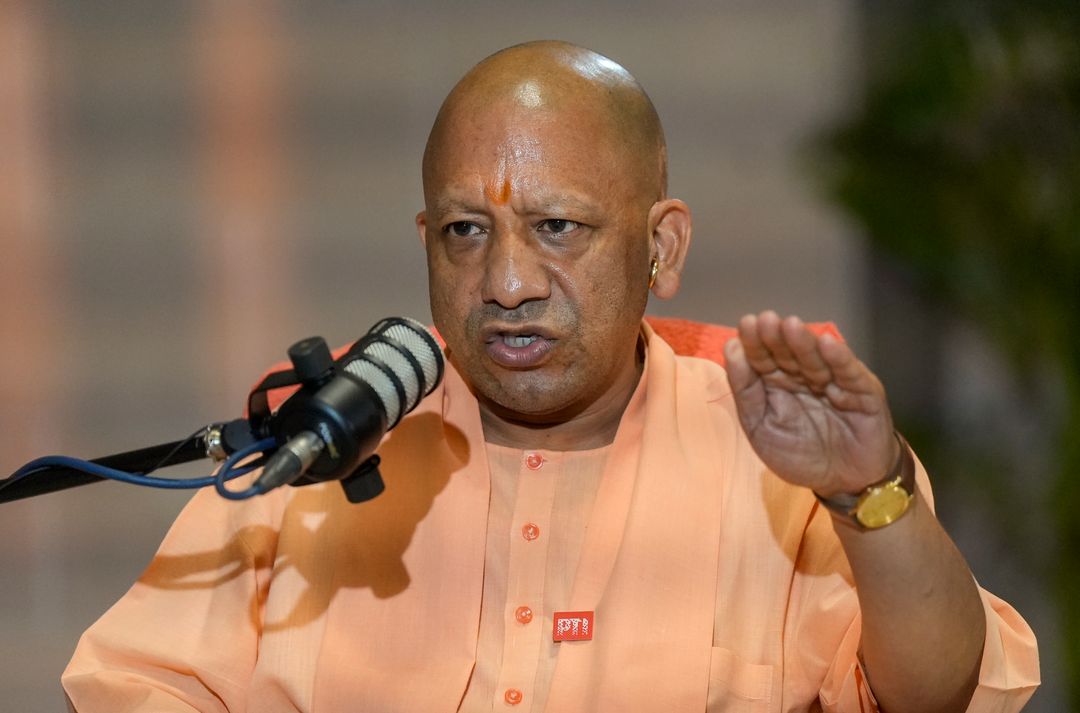India must sustain an annual growth rate of 7.8% to transform into a high-income nation by 2047, according to a new World Bank report titled "Becoming a High-Income Economy in a Generation." Achieving this ambitious goal will require significant reforms in the financial sector, as well as major structural improvements in the land and labor markets.
The report, released on Friday, emphasizes that India's impressive economic expansion—averaging 6.3% between 2000 and 2024—has laid a strong foundation. However, the country must accelerate its growth substantially in the coming two decades, as a continuation of current strategies alone will be insufficient.
"To become a high-income economy by 2047, India's Gross National Income (GNI) per capita needs to increase nearly eightfold from present levels," the World Bank noted. This ambitious target demands sustained growth at rates historically achieved by very few countries.
Accelerated Reforms Essential for India's Ambitions
The World Bank highlighted the necessity of an 'accelerated reforms' package to maintain robust growth over the next two decades, particularly given the increasingly challenging global economic environment. Recent structural reforms in India, aimed at establishing the nation as a global manufacturing powerhouse, have significantly boosted infrastructure development, human capital improvement, digital transformation, and macroeconomic stability.World Bank India Country Director, Auguste Tano Kouame, pointed to successful transitions from middle to high-income status by nations such as Chile, South Korea, and Poland, emphasizing the importance of deepening integration with the global economy. "India can chart its own path by stepping up the pace of reforms and leveraging its past successes," Kouame stated.
India’s Economic Achievements: A Foundation for Growth
Over the last two decades, India's economy has expanded nearly fourfold in real terms, and GDP per capita has almost tripled. India's share in the global economy has grown significantly—from 1.6% in 2000 to 3.4% in 2023—making it the world's fifth-largest economy.This impressive trajectory has also seen substantial declines in extreme poverty, alongside significant expansion in service delivery and infrastructure development. "Building on these achievements, India has set the ambitious goal of becoming a high-income country by 2047," the report noted.
Critical Areas for Policy Action
To maintain an average annual growth rate of 7.8% in real terms over the next two decades, the World Bank recommends four critical policy areas:- Increasing Investment: Boosting investment levels to support sustained economic growth.
- Promoting Structural Transformation: Accelerating the shift toward more productive sectors, especially manufacturing.
- Creating Jobs: Expanding employment opportunities to absorb India’s growing labor force effectively.
- Enhancing Human Capital and Female Labor Participation: Investing significantly in education and skills development, and raising women's workforce participation from the current 35.6% to 50% by 2047.
The World Bank’s Country Economic Memorandum regularly reviews economic and social developments globally, providing strategic insights into challenges and opportunities facing nations. The recent memorandum underscores India's impressive growth achievements while outlining necessary reforms for the country to realize its vision of becoming a prosperous, high-income economy within a generation.

